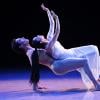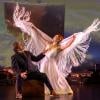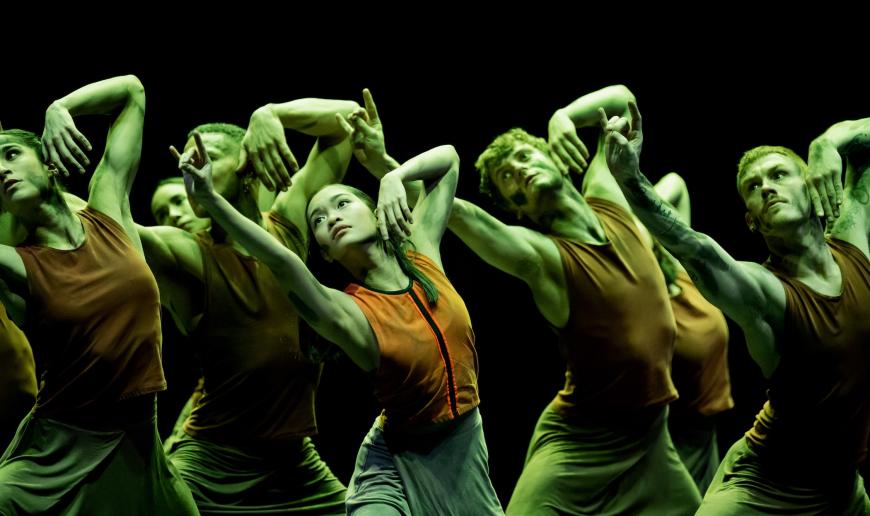
Akram Khan is an internationally renowned choreographer and dancer based in the U.K. In addition to many other prestigious awards, he has an MBE (Member of the Most Excellent Order of the British Empire) for his services to dance. He made his West Coast debut 20 years ago with his first evening-length work, Kaash, at the San Francisco International Arts Festival in its inaugural season. In 2019, he performed his solo XENOS at UC Berkeley’s Zellerbach Hall to enormous acclaim. Now, the Akram Khan Company will be performing his Jungle Book reimagined at Santa Monica’s BroadStage Oct. 26–28 and at Stanford Live Dec. 2–3.
Born in London to parents from Bangladesh, Khan says his involvement with dance started at age 3, when his mother and aunties taught him folk dances from their native country. “My mother was a very good teacher,” explains Khan, “but my aunties also put in their two pence. I studied with them until about 7, and then I went to a school for kathak. That’s like doing classical ballet. It’s hardcore. The class was serious, but I was still a kid, and I think I didn’t get serious about it [then].”
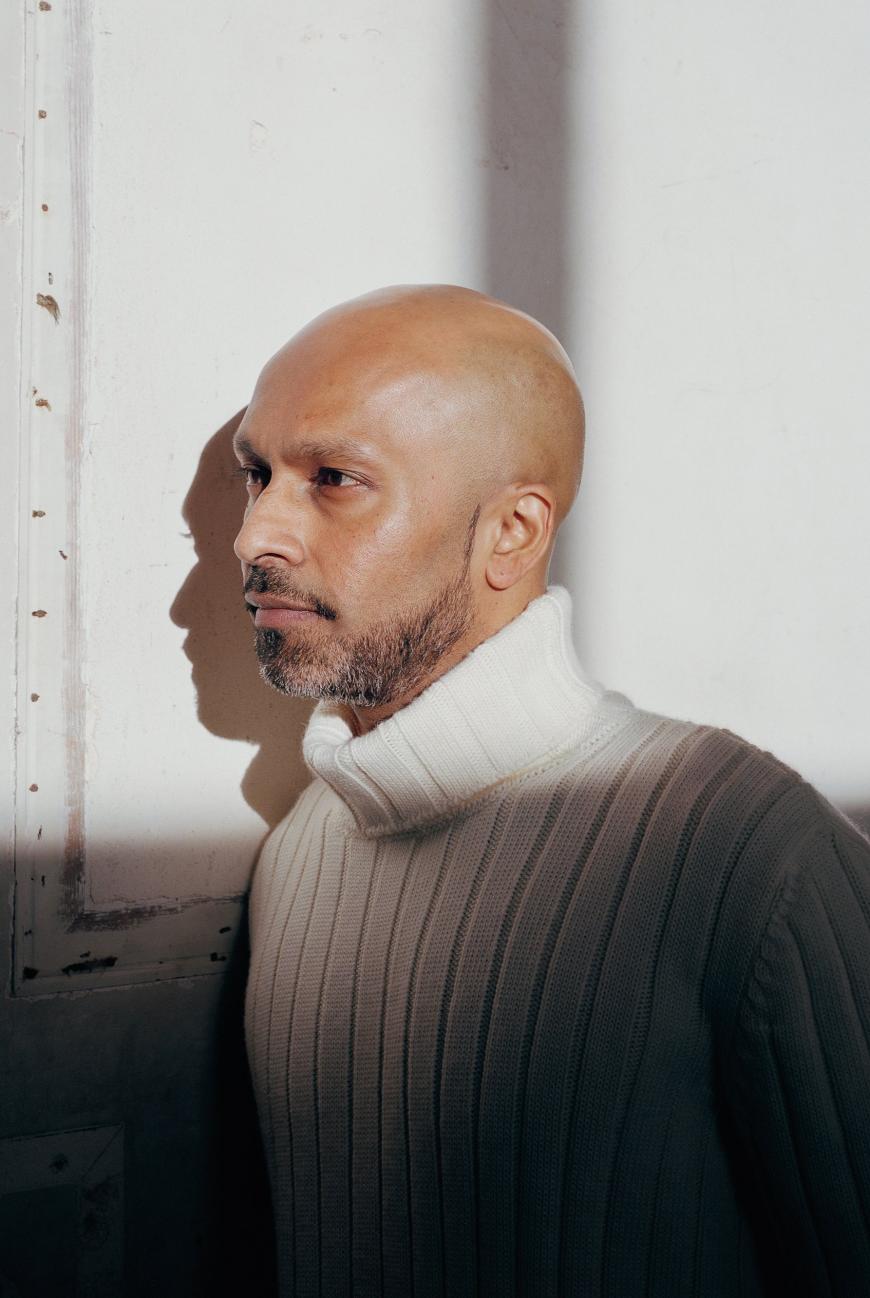
He studied with Pratap Pawar, who later became his guru. At age 10, Khan made his professional dance debut touring in The Adventures of Mowgli, produced by the Academy of Indian Dance, with music composed by a student of Ravi Shankar’s. Not surprisingly, Khan played the young boy Mowgli. A few years later, at 13, he joined the esteemed Peter Brook production of The Mahabharata, traveling internationally between 1987 and 1989, including an appearance in the televised version of the play.
“When I came back,“ Khan relates, “I think something shifted in me, and I got heavily into it [kathak]. When you spend a year and three months working with some of the greatest actors in the world, and with a giant like Peter Brook, of course, the way they worked rubbed off on me. I went back to school, and I felt school was the wrong place for me. I realized that actually, I want to see the world through the world of dance.”
Asked when and how he began incorporating contemporary dance with kathak, Khan says, “That was accidental. I went to university to study under the pressure of the community. I thought, ‘Well, if I’m going to study at university, I’m not going to do law or medicine. I wouldn’t even get in. So I want to do what I love doing.’ I went to study dance — really performing arts, and there were modules on contemporary dance. I didn’t know what the hell that was. But I decided because it’s dance, I’ll do that.
“I don’t think anybody really knows how to combine the two [forms]. I think it’s mostly superficial. It’s on the surface. I think what’s important to say is my body got confused, and I celebrated that confusion. I equally studied contemporary dance and ballet as I studied Indian classical dance. It’s a melting pot over a long period of time. It’s not something that just manifested itself. It took four or five years of intense training in contemporary dance, sometimes three times a day.
“It was a conservatoire, and on top of that, I didn’t stop my kathak training — 5 till 8 in the morning before class started. I would bribe the caretaker to let me in, and while they were cleaning, I would train in kathak, and I haven’t stopped since. That’s my opening to every day of my life.”
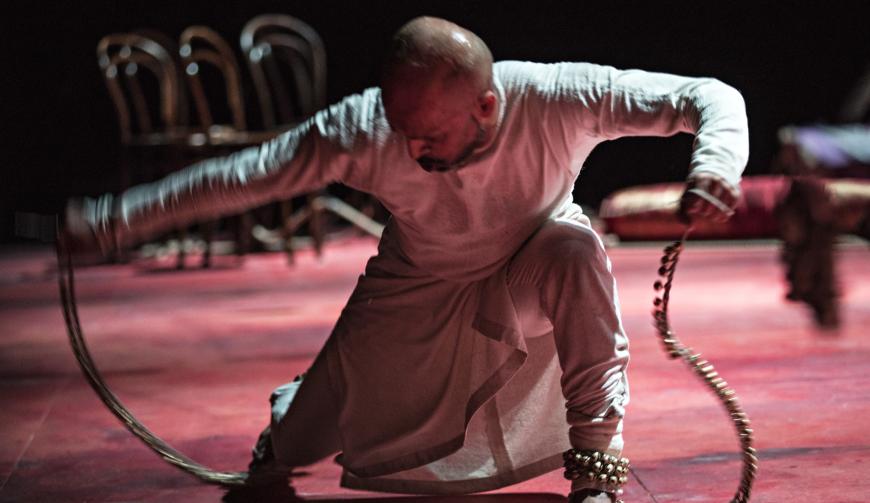
Khan continues, “I think there is a discipline there that [by promising myself to pursue] both, I wouldn’t compromise either one. And I think that is what’s allowed the tension and pressure of having two forms collide with each other to be so intense. My training was almost like an athlete’s. Somehow that manifested itself in what [my company] does right now.
“But I can’t just say it’s only kathak and contemporary. I grew up watching Michael Jackson when I was a child and then seeing Prince, Kate Bush, Charlie Chaplin, Buster Keaton, Muhammad Ali, and Bruce Lee. I copied all of them. They were a huge influence in my life, not just philosophically and politically but definitely in terms of the way they moved.”
Khan has taken in other types of dance as well, such as Butoh. “‘Beautiful’ is not the word. It’s super intense,” he says about the avant-garde Japanese form. “It’s funny, the opening of [my] Jungle Book is inspired by it. ... I find Butoh to be very much about deep time. This generation, our generation, doesn’t connect anymore with this because technology has clouded our sense of natural time and deep time. It’s taken over.”
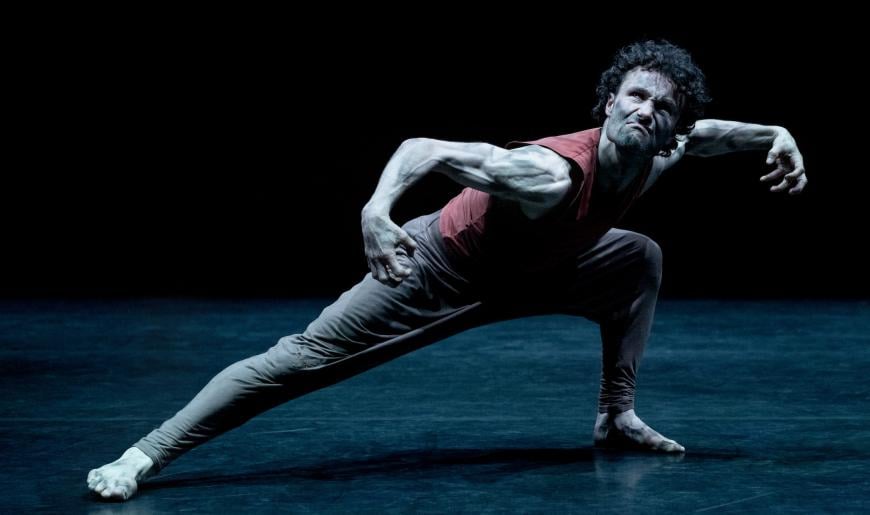
Asked why he chose to reimagine The Jungle Book now and what the process was like, Khan says, “I performed in The Jungle Book when I was a child. I saw the Disney version before I even did the dance production. When I saw The Jungle Book, I went, ‘Oh my god, that boy looks like me. He has long black hair, curly black hair. And he’s brown.’ It was the first time I found and identified with someone [onscreen] that resembled me — and in a cartoon. The Jungle Book had a huge impact on me.
“Of course, there are lots of things now as an adult that I disagree with, and that’s why I wanted to reimagine it and reclaim it. The Jungle Book is inspired really by what Rudyard Kipling did [to write it]. At least he honestly said that it’s taken from Indian myths and fables. He was a lover of empire, and he openly said so. It was very much from a white male perspective. Disney just took the Mowgli version of it.
“I wanted to relook at it at some point in my life. It’s important to say that I didn’t know what my entry point would be. I felt I wanted to say, ‘What am I passing down?’ One of the things that we all are talking about right now is climate change. That’s what we’re passing down. I felt like this is in the young generations’ minds because they’re the ones that are inheriting it.
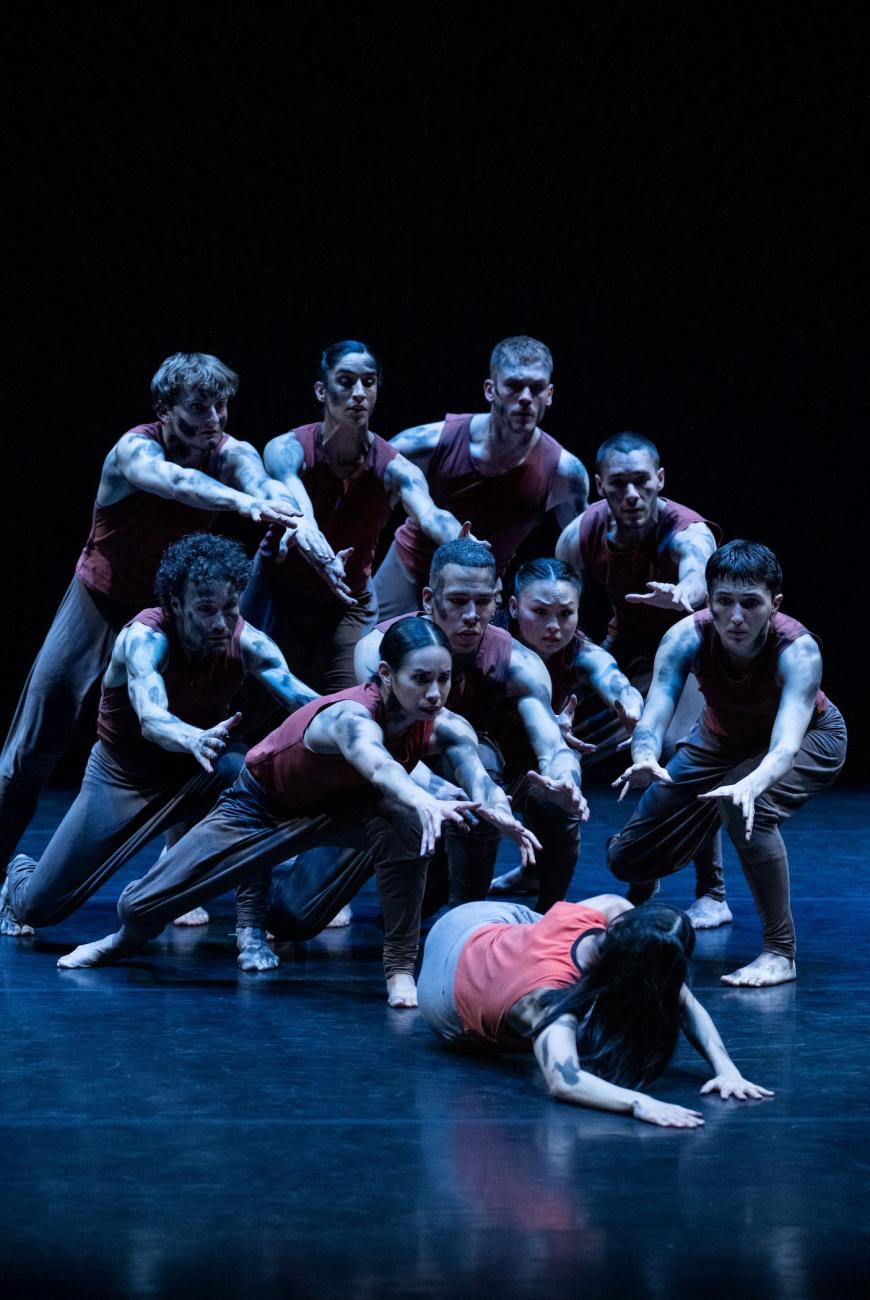
“It’s the unraveling of our civilization. It’s meant to be. We build an empire, and then that unravels. We build another, then that unravels. It’s our time to let go now. We deserve what we deserve. It’s just that our children don’t deserve that. The only thing I feel really terrible about is [how] they deserve better. They’re the innocent. What are the stories that I want to share, that I want to tap into, the untold stories, the forgotten stories that should be told to our children?
“My mother’s the perfect feminist — resilient, strong, and she gets things done. She’s always been an activist in that way, and she always told me stories through the female lens. My mother was a literature expert. She collected books, so she would tell me stories as a child from Hindu mythology to Islamic stories to Chinese mythology, some African mythology, a lot of Greek mythology, and some Indonesian mythology. I grew up studying, listening to her stories. Later, I realized her version was completely different because it was not about the Prophet Muhammad. It wasn’t through his lens; it was through his wife’s lens. Adam and Eve, it was through Eve’s lens. Jesus Christ, it was through Mary Magdalene’s lens. All the stories were through a female lens. Even Mahabharata was through Gandhari’s lens or Kunti’s lens, never through Arjun’s lens.
“I only realized much later that I was arguing with everyone: ‘No, that’s not the [real] version.’ And they would say, ‘Yes, it is the [real] version.’ I realized that their version was very, very different from mine.
“[My mother] played a big part in the way I see the world, and then I think Peter Brook also did. My mother’s was a matriarchal perspective. Peter’s was really the patriarchal perspective of the same story — Mahabharata — what I have are just two very different perspectives. She said to me, ‘Look at history. Why is it his story? Why is it written by men?’ You have to hear the other side, the other perspective. Otherwise, you’ll never truly feel empathy if you never learn to listen to the other side. She always said to me, ‘Why isn’t it her story?’”
Khan, in addition to running his own company, also works with large ballet companies and even forges creative collaborations with artists in other mediums. He describes his work with English National Ballet, where his first piece was Dust, followed by an evening-length retelling of Giselle.
“I love that company and what it represents,” Khan says. “They gave me everything I needed to make this work happen, and that doesn’t happen often. I was so excited to be part of that legacy of creating work that has underneath it ‘ahbinaya’ [which means ‘to carry the spectator toward the meaning’] from Indian classical dance. The form itself is neoclassical or whatever you want to call it with my language. I don’t even think it’s my language. It’s all a mixture of different people’s languages, really. There’s no such thing as my language.
“But what I’m really excited about is Boston Ballet just did a world premiere, a reimagined version of an old work of mine called Vertical Road. It’s the first American company to do my work. That meant a lot.” Fingers crossed that at least one California ballet company will want to acquire some of Khan’s choreography in the near future.


